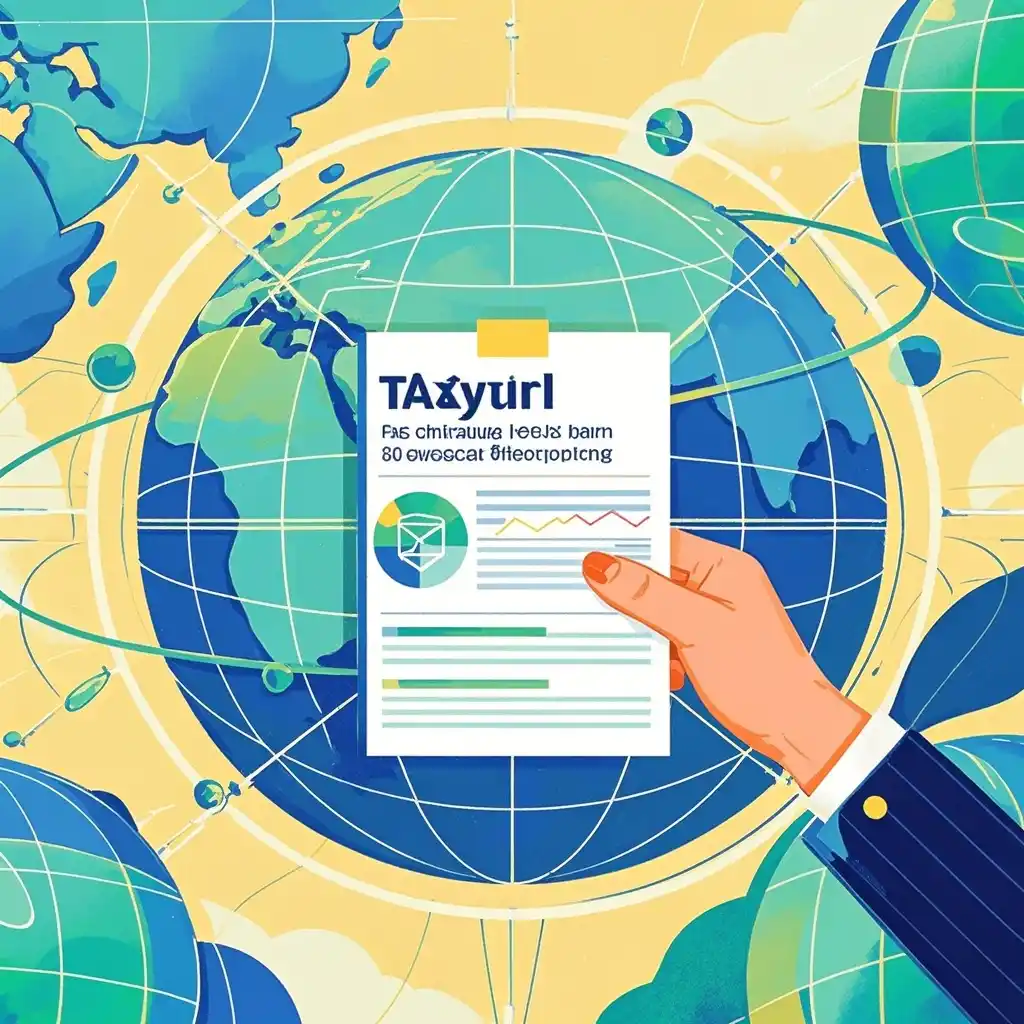
Navigating Global E - commerce Trends Under Tariffs: Strategies for Cross - border E - commerce Enterprises
dadao
2025-04-24 12:43:16

Background
In the current global economic landscape, tariffs have emerged as a significant factor reshaping the e - commerce industry. With the increasing protectionist tendencies in some economies, tariffs are being imposed or adjusted more frequently. For instance, according to recent trade data, the United States has imposed tariffs on a wide range of goods imported from China, which has a direct impact on cross - border e - commerce between the two largest economies in the world. These tariffs not only increase the cost of goods for cross - border e - commerce enterprises but also disrupt the existing supply chains.Moreover, global trade disputes have led to an uncertain trading environment. Cross - border e - commerce enterprises are facing challenges such as fluctuating exchange rates and changing consumer demands due to the influence of tariffs. For example, a study shows that in the European Union, about 30% of cross - border e - commerce enterprises have reported a decrease in profit margins in the past year mainly due to tariff - related issues.
Trend Analysis
1. Shifting of Market Focus
Cross - border e - commerce enterprises are starting to look beyond traditional large - scale markets. For example, emerging economies in Southeast Asia, such as Vietnam and Indonesia, are becoming more attractive. Data shows that the e - commerce market in Southeast Asia is expected to grow at an annual rate of over 20% in the next five years. This is because these regions have relatively lower tariff barriers in some sectors and a growing consumer base with increasing purchasing power.2. Product Diversification
In response to tariffs, enterprises are diversifying their product portfolios. Instead of relying on products that are highly tariff - sensitive, they are turning to niche and high - value - added products. A survey of 100 cross - border e - commerce companies in North America reveals that nearly 40% of them have increased their investment in researching and developing new product lines in the past two years. For example, some companies are shifting from traditional textile products to high - tech smart wearables, which often face lower tariffs and higher profit margins.3. Strengthening of Localization
To mitigate the impact of tariffs, more cross - border e - commerce enterprises are focusing on localization strategies. This includes establishing local warehouses, partnering with local suppliers, and providing customized services for local consumers. In China, some cross - border e - commerce giants have already set up multiple local warehouses in Europe. Statistics show that by having local warehouses, the delivery time can be shortened by up to 50%, which improves customer satisfaction and competitiveness in the face of tariff challenges.
Strategies
1. Tariff Optimization
Enterprises need to closely monitor tariff policies around the world. They can use tariff classification optimization techniques to ensure that their products are classified correctly to pay the lowest possible tariffs. For example, a detailed analysis of product features and functions can sometimes lead to a more favorable tariff classification. Some companies have hired professional tariff consultants, and according to industry reports, those who do so can save an average of 10 - 15% on tariff costs.2. Supply Chain Re - engineering
Re - evaluating and restructuring the supply chain is crucial. This may involve sourcing from different regions or establishing production facilities in regions with more favorable tariff policies. For instance, some cross - border e - commerce enterprises that previously sourced all their products from China are now diversifying their sourcing to countries like Thailand and Malaysia. By doing so, they can take advantage of free - trade agreements and lower tariffs in these regions.3. Digital Marketing and Brand Building
In the face of tariff challenges, building a strong brand and effective digital marketing are essential. A strong brand can often command higher prices and gain more customer loyalty, which can help offset the cost increases due to tariffs. According to market research, consumers are more willing to pay a premium for well - known brands. Therefore, cross - border e - commerce enterprises should invest in digital marketing channels such as social media, search engine optimization, and influencer marketing to enhance brand awareness and drive sales.